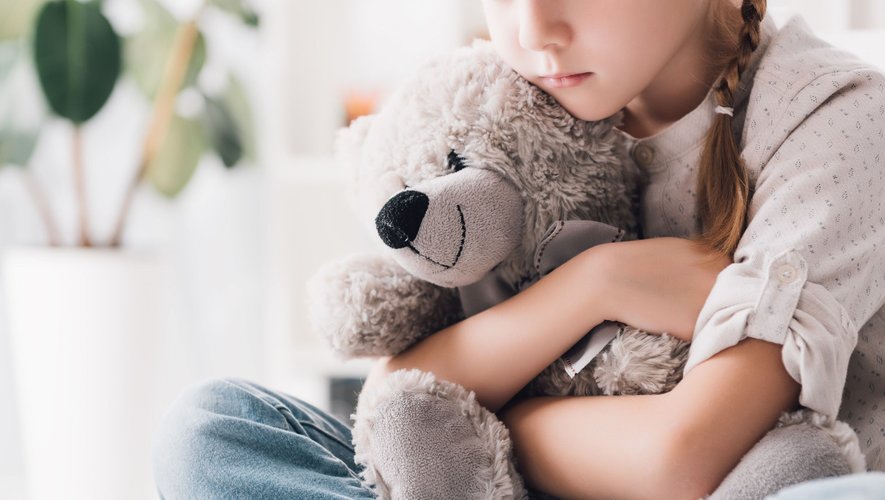(AFP) – We knew that the health crisis had caused an explosion of malaise among young people, but the data was lacking for children: on Tuesday a first national study revealed that 13% of 6-11 year olds have at least one probable disorder of Mental Health.
This cross-sectional study, conducted by the French public health agency, crosses data collected at the end of the 2021-2022 school year from more than 15,000 children and teachers in nearly 400 schools, as well as 10,000 parents.
Until now, information on the state of health of children was only fragmentary or not very representative.
Thanks to the questionnaires completed by different populations (parents, teachers and children), the “Enabee” study finds that 13% of 6-11 year olds have “at least one probable mental health disorder”. This is a prevalence rate of the same order as those observed in other European countries in the same age group.
“We are not surprised, but the figures are large enough to raise questions about this subject, for which we have not had any data until now”, commented to AFP Stéphanie Monnier-Besnard, epidemiologist and project manager of the Enabee study.
In detail, 5.6% of children have a “probable emotional disorder”, either an anxiety disorder (separation anxiety, generalized anxiety, specific phobias) or depression.
Some 6.6% of children have “probable oppositional disorder” (a particularly angry mood, quarrelsome or defiant behavior).
Finally, 3.2% show probable persistent inattention and/or hyperactivity disorder (ADHD).
The data do not show any differences according to school level and school sector (public schools outside the priority education networks (REP) and private schools versus REP or REP+ public schools).
This is a “first step” which makes it possible to provide “lighting to public decision-makers with a view to future awareness-raising actions”, specified Stéphanie Monnier-Besnard.
Repeated regularly, the study will in fact make it possible to follow the evolution of the indicators, to evaluate the impact of possible events (infectious, environmental, etc.), to initiate preventive actions.
– “Put the package” –
This survey gives “a very useful picture of the current situation”, underlines to AFP Professor Richard Delorme, head of the child psychiatry department at the Robert-Debré hospital (AP-HP). “Often, we say to ourselves that a child under 11 cannot be depressed or that only part of the population is concerned, this is false,” he adds.
These “objective” data should allow, he hopes, to initiate prevention policies: “one child in ten is concerned, we must put the package”.
Especially towards parents. Because faced with a saturated care offer, they can play the role of first lookouts by monitoring indicators such as sleep or the appetite of their children, recommends the doctor.
The Enabee study, carried out while the health crisis was still relevant, does not make it possible to estimate a possible impact of Covid-19, in the absence of data prior to the crisis on this age group.
A second, “complementary” survey, published on Tuesday by the Drees (Statistics Department of the Ministry of Health), shows for its part that the psychological distress suffered by a growing minority of children and adolescents has been aggravated by this crisis.
This study, taken from the 3rd part of the Epidemiology and living conditions linked to Covid-19 (EpiCov) survey, teaches that between March 2020 and July 2021, 12% of boys aged 3 to 17 and 13% of girls have consulted a health professional for a psychological reason. Only 7% of boys and 6% of girls had already consulted before.
Taking into account the children who did not consult, but whose parents believe that they needed help for psychological difficulties and that this help was the responsibility of a health professional, 15% of children would have needed care for these reasons, the study adds. That’s nearly one in six children.

